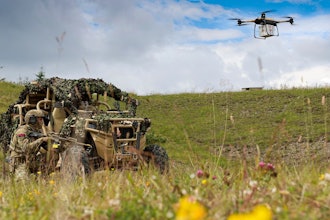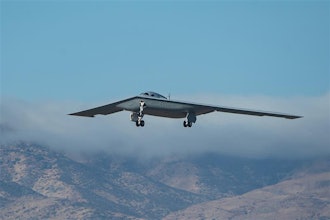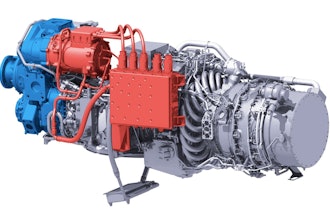Researchers from Stanford University and EPFL in Switzerland have created FlyCroTugs (flying, micro, tugging robots): little drones that work together to move large objects through coordinated actions. For example, in a recent video showcasing their abilities, a pair of drones works together to open a door.
Granted, it takes about 3.5 minutes to achieve the feat, but then you realize that the scheming little robots are actually opening and holding the door so a pair of smaller drones can escape.
According to the researchers, the tiny flying robots can move objects up to 40 times their own weight using a combination of powerful winches, gecko adhesives and microspines.
The door demo shows how a team of drones could be used in a rescue situation to move debris, position a camera or fly water bottles into a remote area.
The researchers found their inspiration in wasps as they looked for something that was small and fast, but strong for its size.
The researchers looked at how wasps capture and transport prey. The ratio of flight-related muscle to total mass determines whether a wasp flies with its prey or drags it.
The researchers also built upon previous bioengineering work that designed feet that mimic a gecko's toes to create a powerful non-sticky adhesive. The robots have 32 microspines, which are fishhook-like metal spines that latch onto the surface.
Next, the researchers hope to enable the robots to operate as an autonomous swarm, working in tandem to complete a specific task, like opening two doors.






















